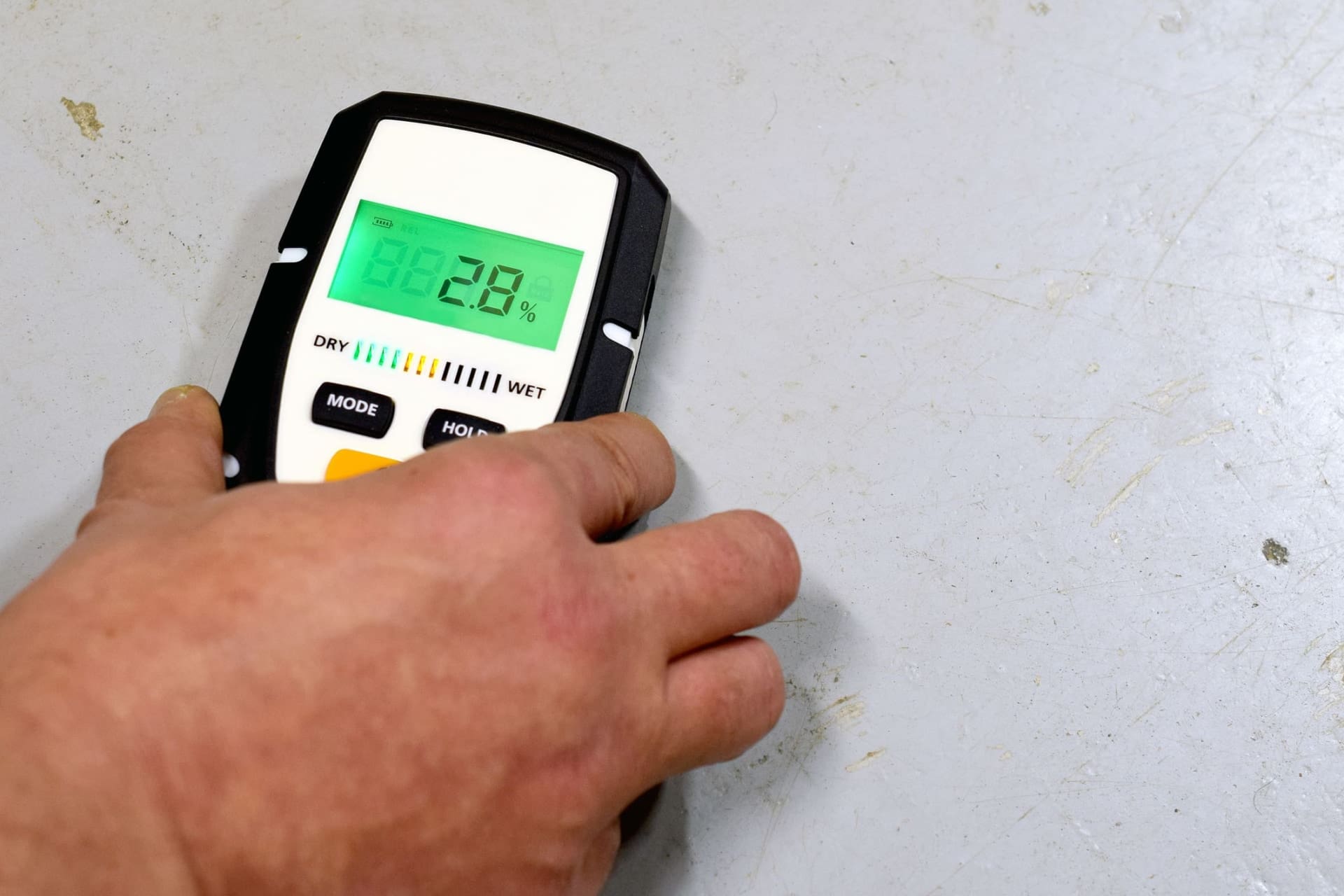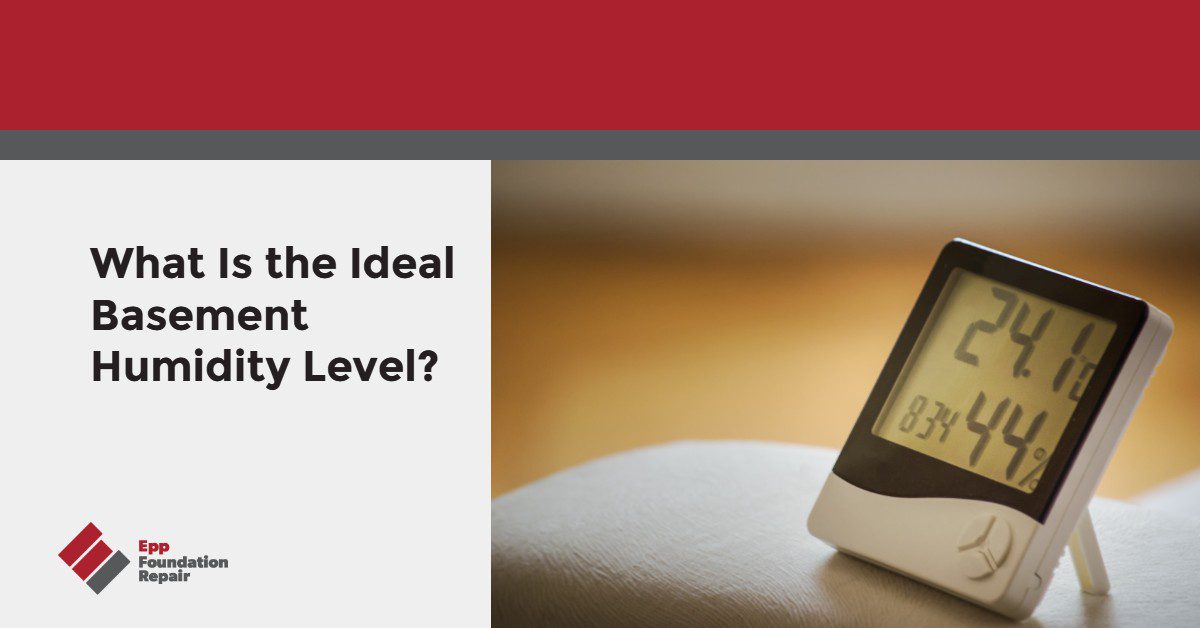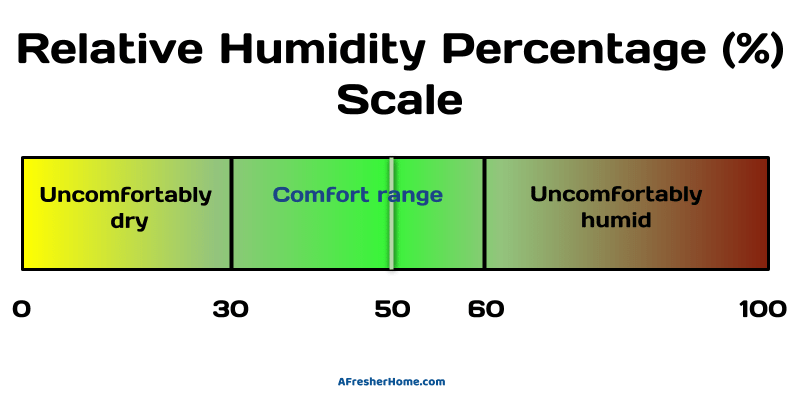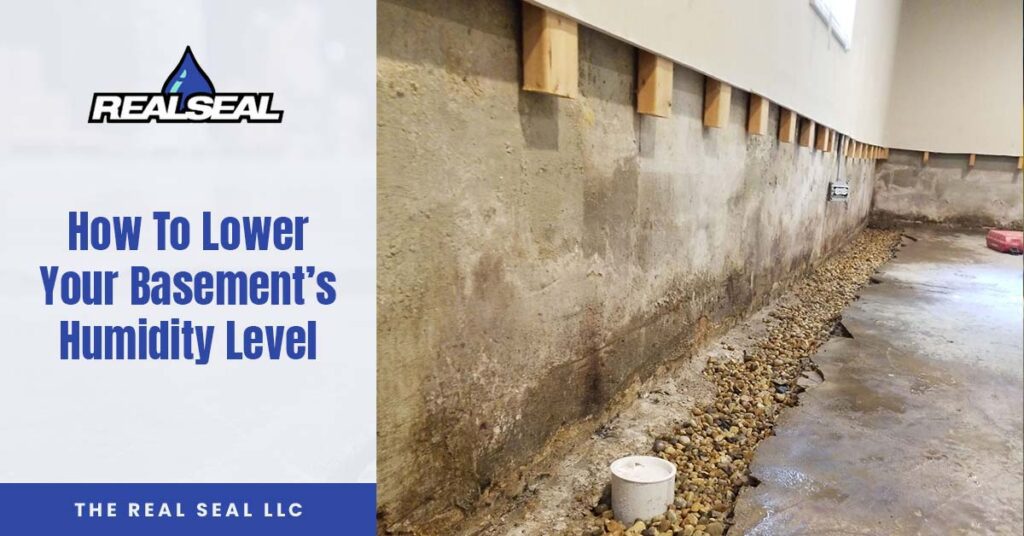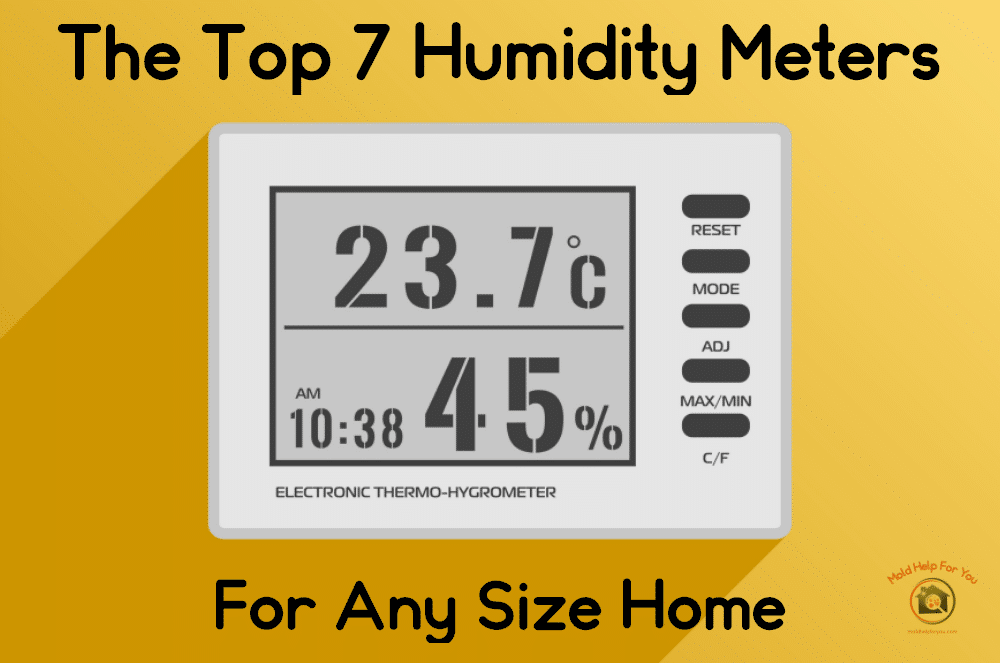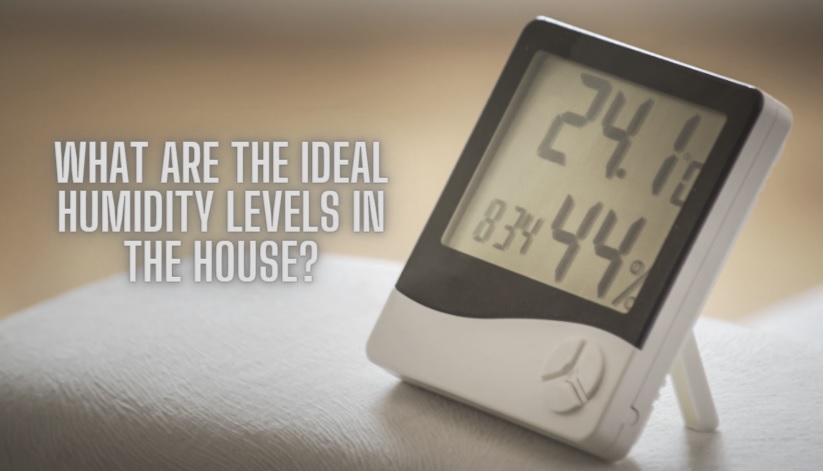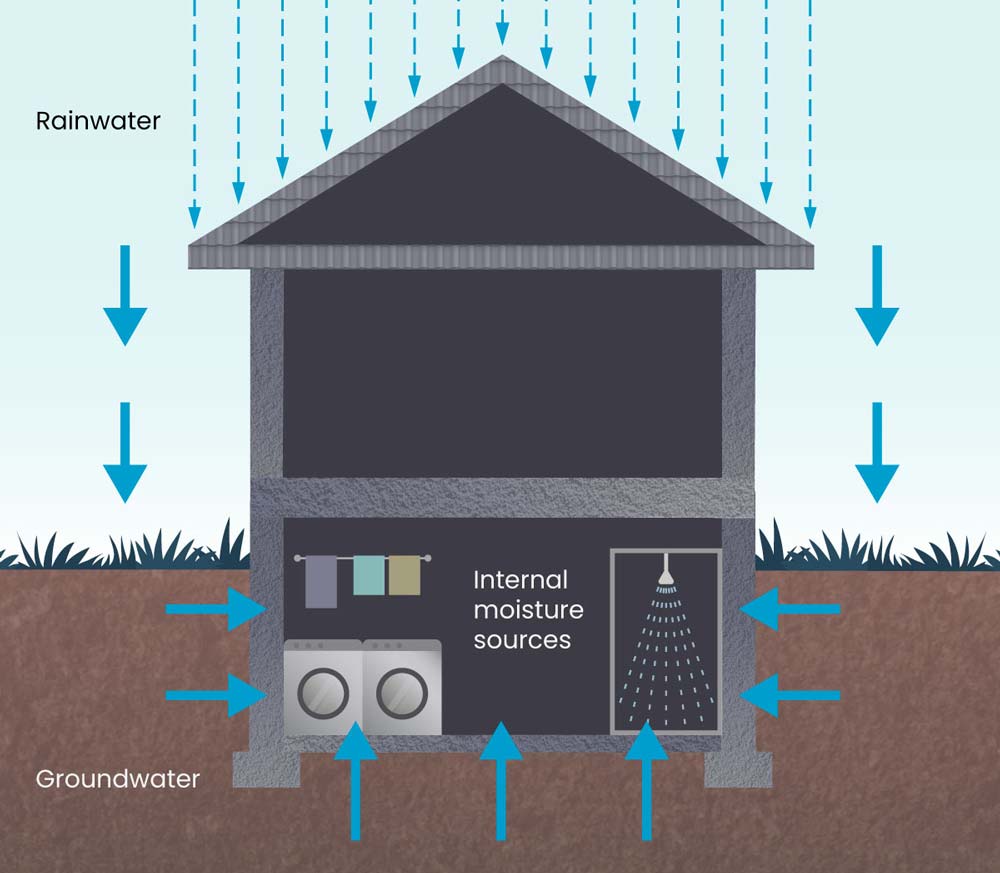What Should Be The Humidity Level In Basement
.jpg?width=3508&name=Humidity level chart (1).jpg)
Imagine stepping down into your basement, a place that should feel like an extension of your home. Instead, you're greeted by a musty smell, the air heavy and damp, clinging to your skin like a persistent embrace. Or perhaps, the opposite: a bone-dry atmosphere that cracks your skin and feels almost sterile. Neither scenario is ideal, and both hint at an imbalance – specifically, in humidity.
The optimal humidity level in your basement is a crucial factor for maintaining its health, preventing mold growth, protecting stored belongings, and ensuring overall comfort in your home. Aiming for a relative humidity (RH) between 30% and 50% is generally considered the sweet spot.
Understanding Humidity in Basements
Basements, often partially or fully underground, are naturally prone to higher humidity levels. This is due to several factors, including cooler temperatures, poor ventilation, and the potential for moisture to seep in from the surrounding soil.
According to the Environmental Protection Agency (EPA), maintaining proper humidity is essential for preventing mold growth, which thrives in damp environments. Mold not only damages building materials but can also trigger allergies and respiratory problems.
Why the 30-50% Range?
The 30-50% RH range is recommended for several reasons. Below 30%, the air becomes too dry, which can cause wood to crack, furniture to warp, and even exacerbate respiratory issues.
Above 50%, the risk of mold and mildew increases significantly. Condensation can form on cool surfaces, creating a breeding ground for these unwanted guests.
Detecting Humidity Levels
The most straightforward way to monitor humidity is with a hygrometer, a simple and inexpensive device readily available at most hardware stores. Digital hygrometers are particularly user-friendly, providing accurate readings at a glance.
Beyond relying solely on a hygrometer, pay attention to warning signs such as condensation on walls or pipes, musty odors, and visible mold growth. These indicators suggest a humidity problem that needs addressing.
Controlling Basement Humidity
Several strategies can help regulate humidity levels in your basement. Addressing the source of moisture is always the first step.
Start by checking for leaks in pipes or foundation walls. Repairing any cracks or sealing gaps can significantly reduce moisture intrusion. Ensure proper drainage around your home's foundation to divert rainwater away from the basement walls.
Ventilation is also crucial. Open windows (when outdoor humidity is lower) to allow air circulation. Consider installing exhaust fans to remove moist air from the basement.
For more persistent humidity issues, a dehumidifier is often the most effective solution. Dehumidifiers work by extracting moisture from the air, helping to maintain the desired RH range.
Choose a dehumidifier with a capacity appropriate for the size of your basement. Empty the water collection tank regularly, or opt for a model with a hose that can drain directly into a sink or sump pump.
The Long-Term Benefits
Investing in humidity control for your basement offers numerous long-term benefits. Protecting your home from mold and structural damage saves you money on costly repairs down the line.
Storing items in a properly humidified basement ensures they remain in good condition, whether it's seasonal decorations, family heirlooms, or important documents. A comfortable basement also expands your usable living space, creating a more enjoyable home environment.
Ultimately, maintaining the right humidity level in your basement is about creating a healthy and comfortable space for yourself and your family. It's about protecting your investment and enhancing your quality of life. Don't underestimate the power of dry air. According to the American Lung Association, dry air can aggravate respiratory illnesses. So prioritize this aspect of your home maintenance, and reap the rewards of a dry and healthy basement.

